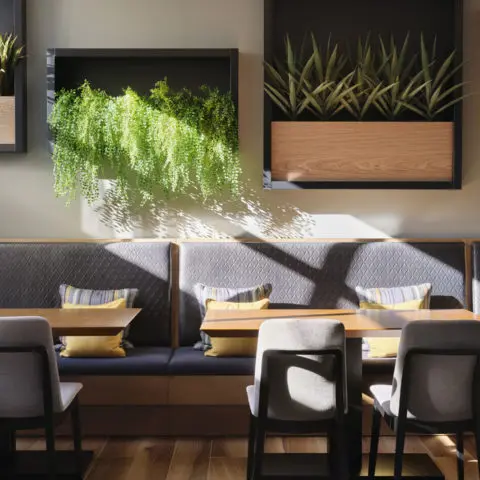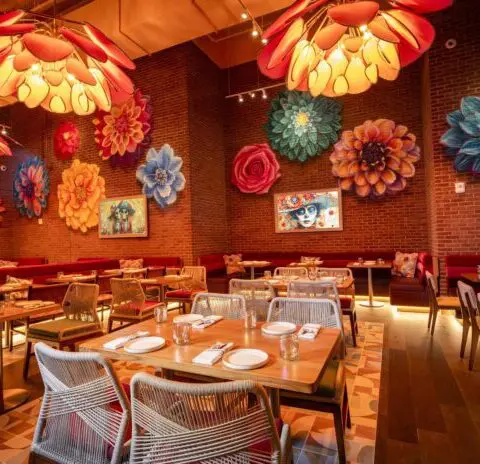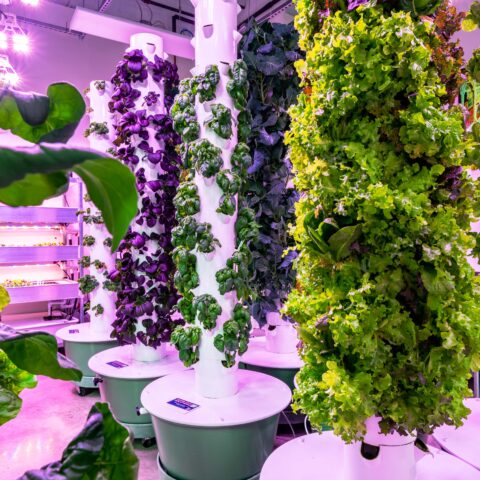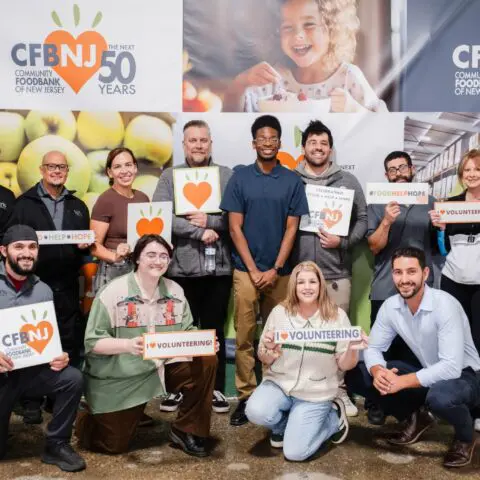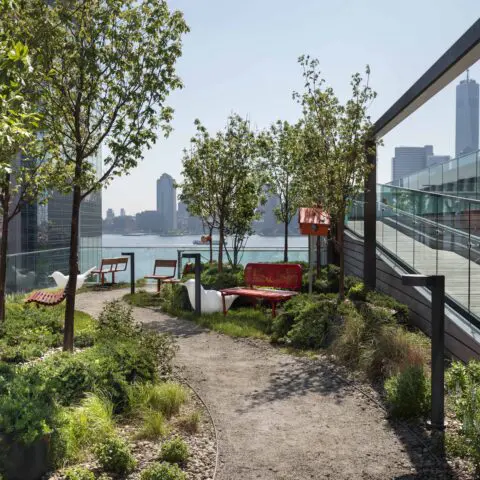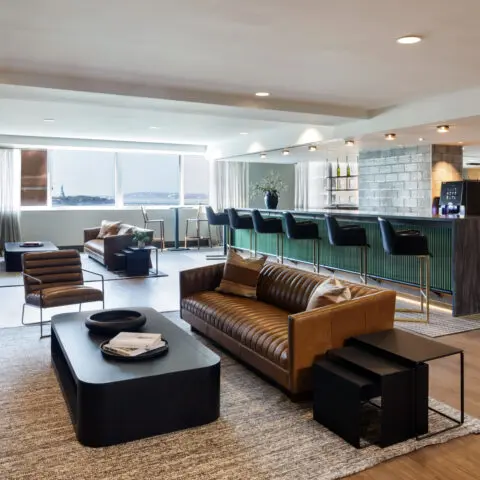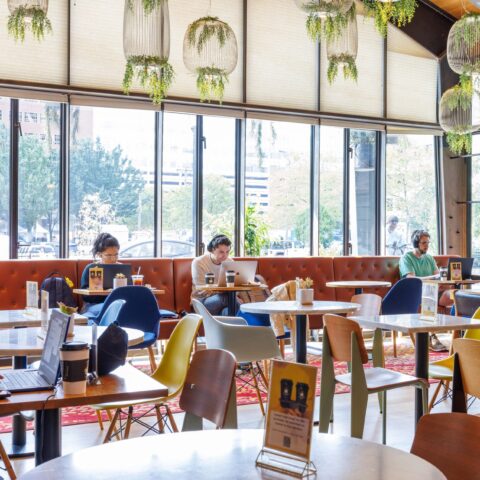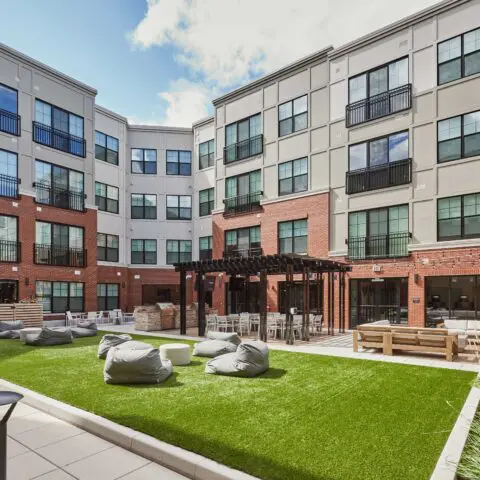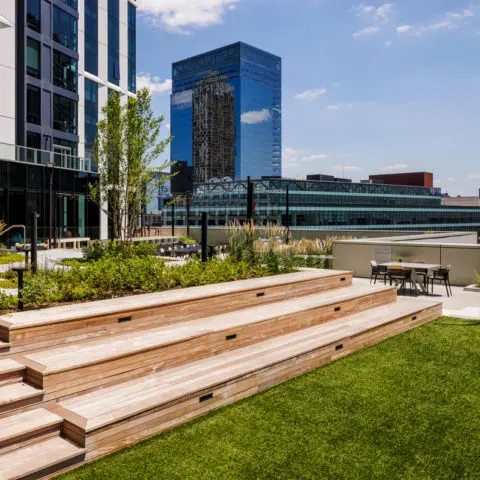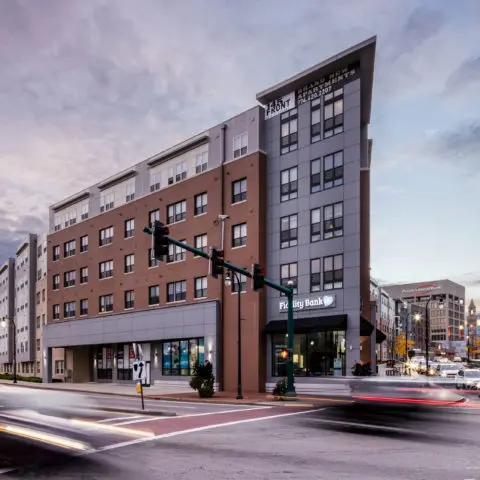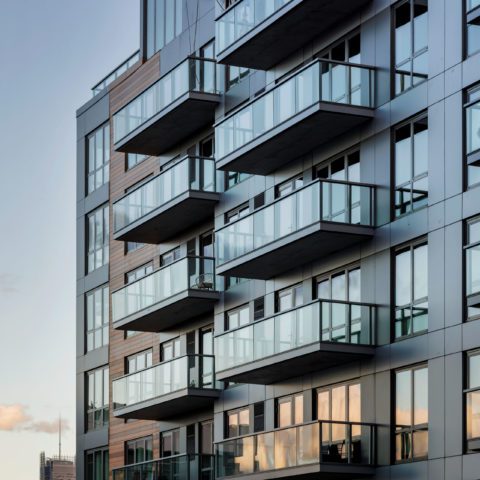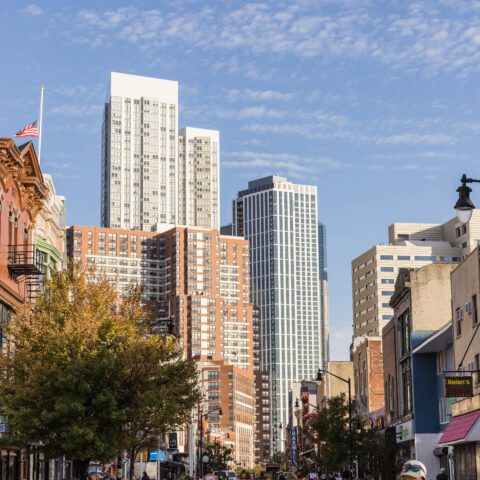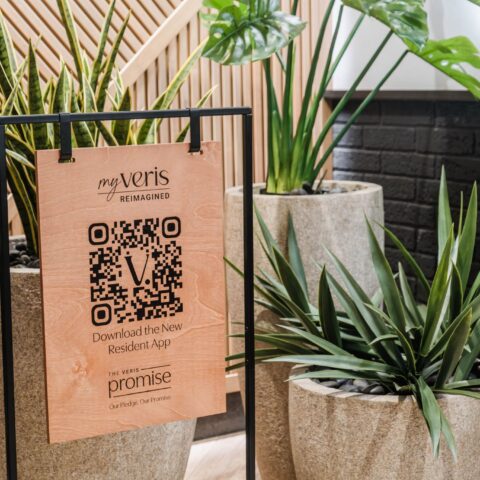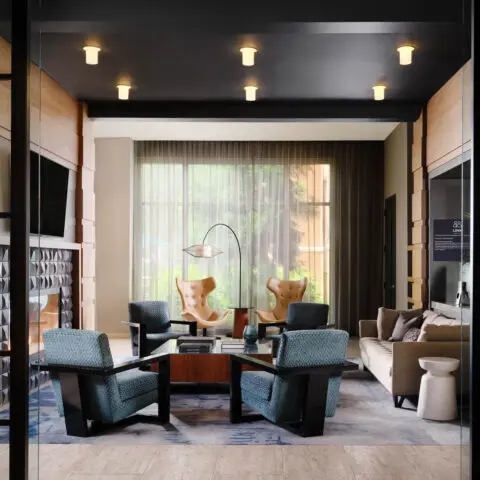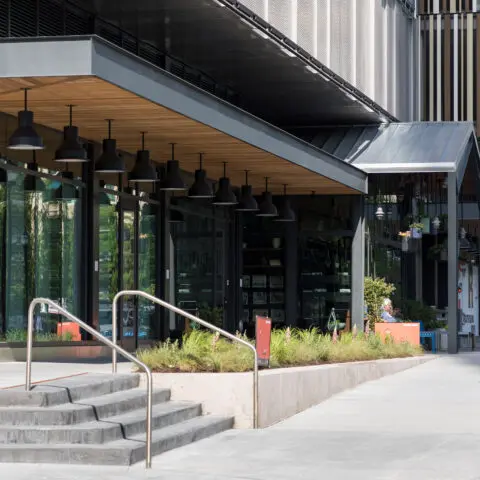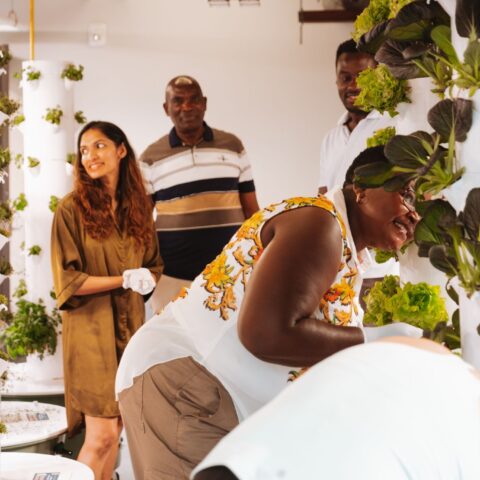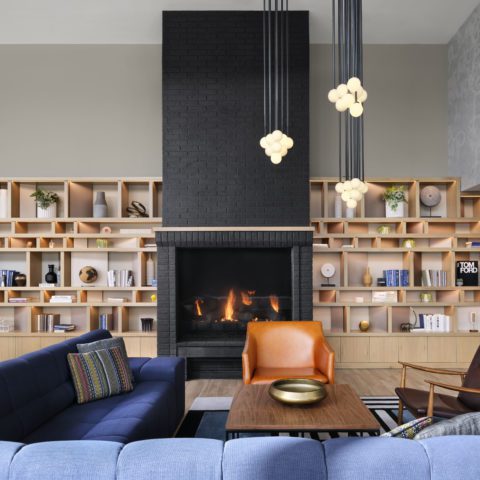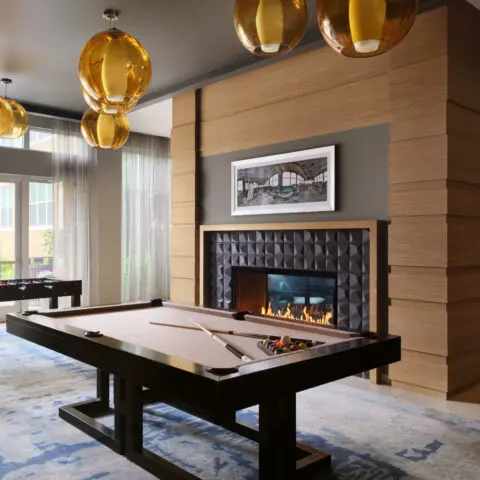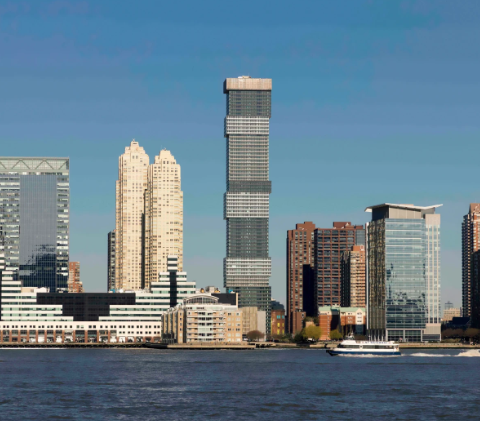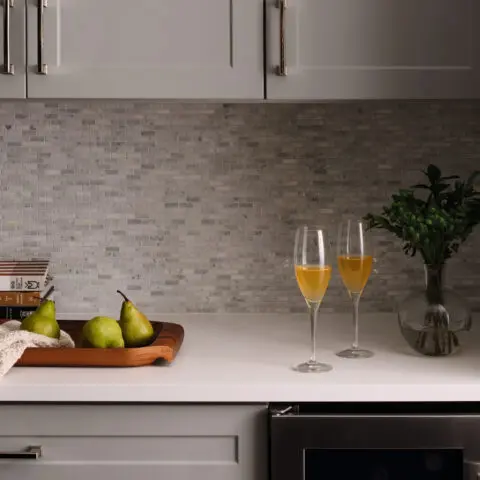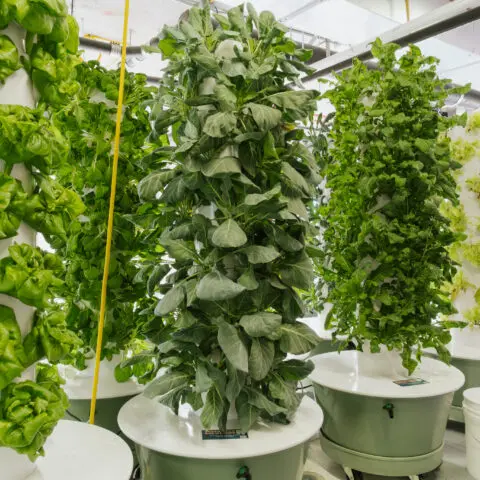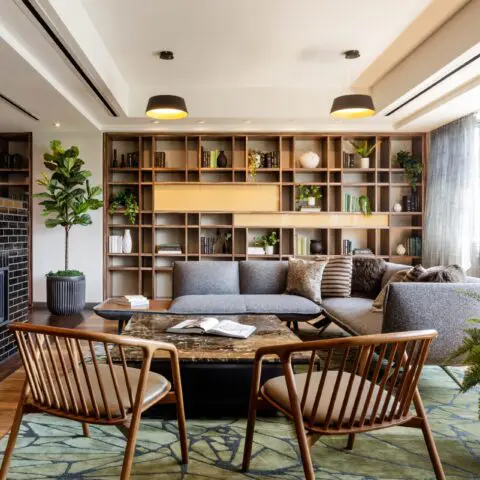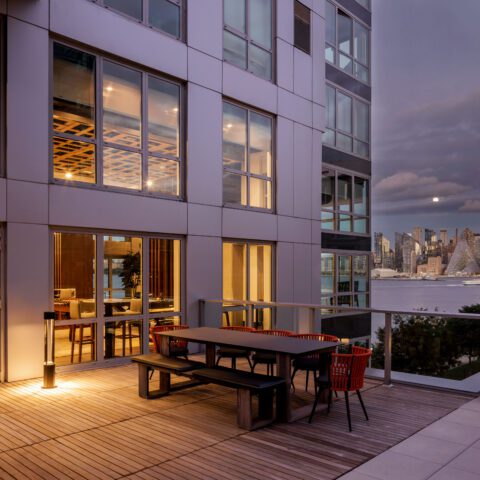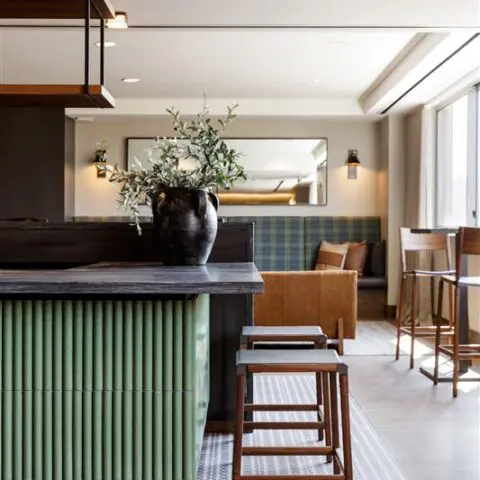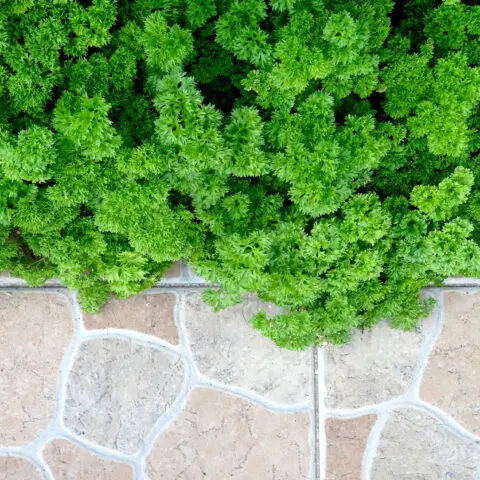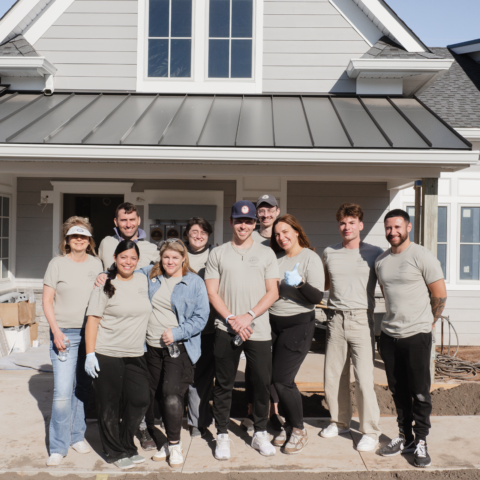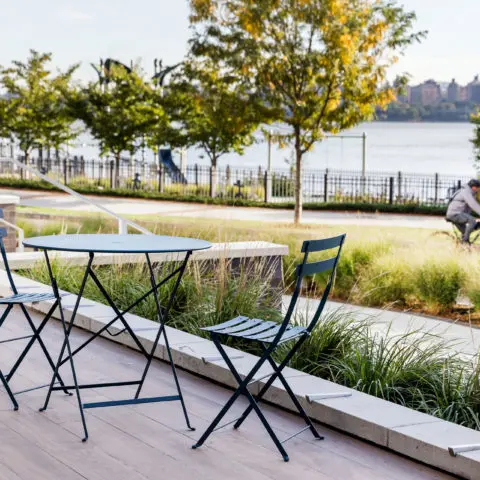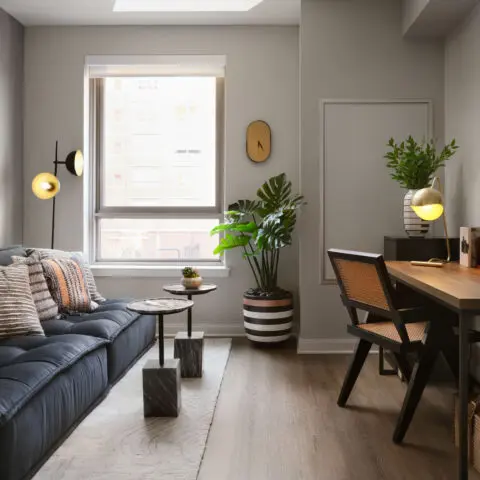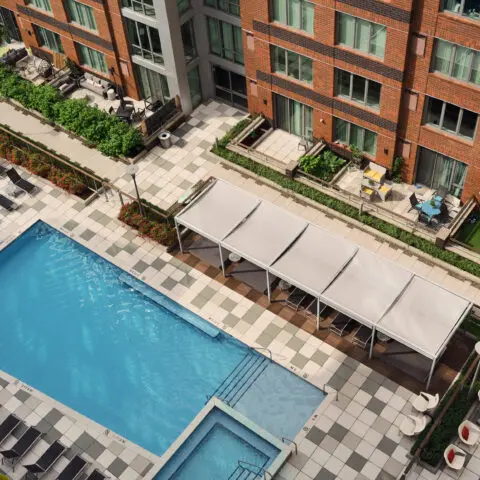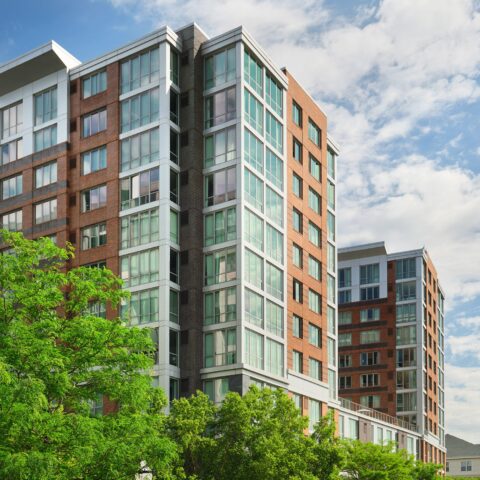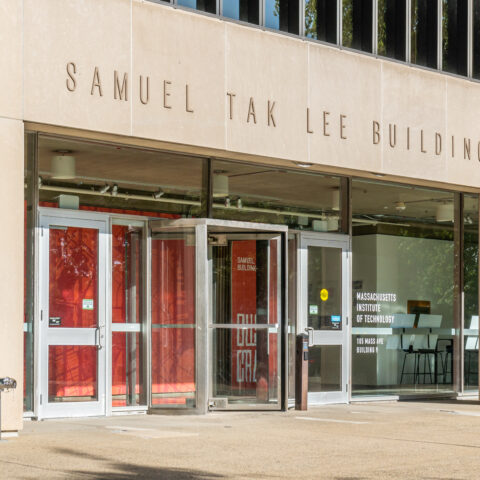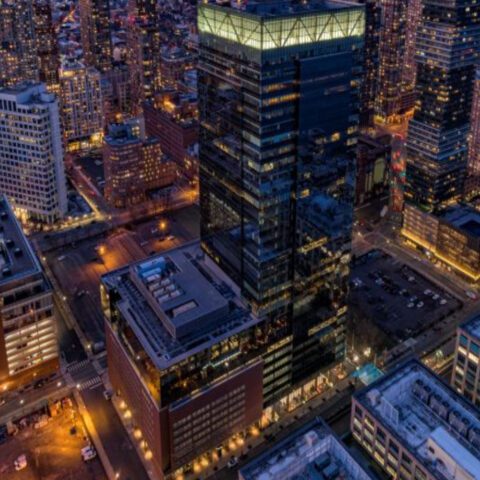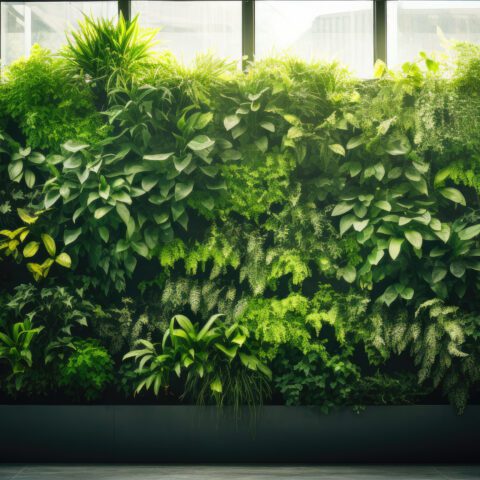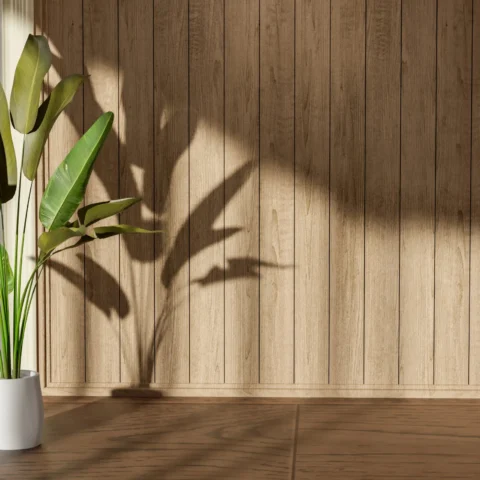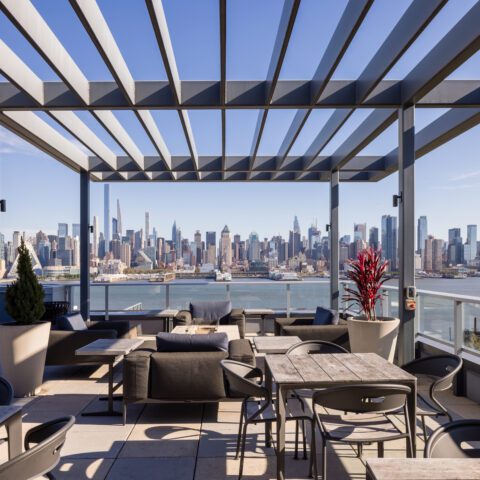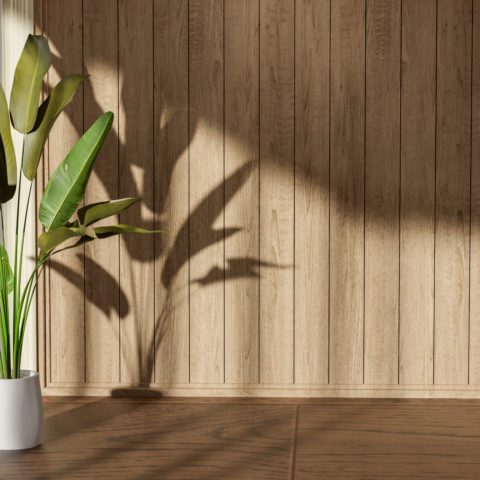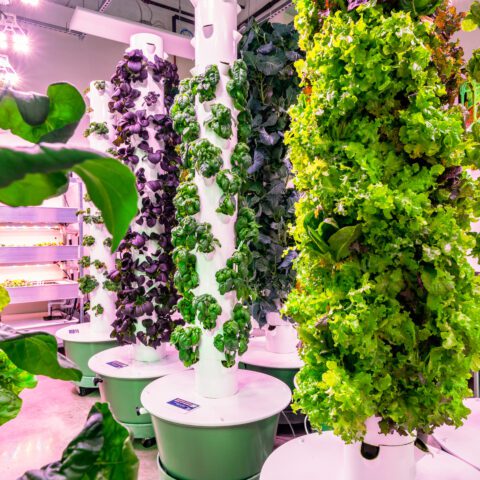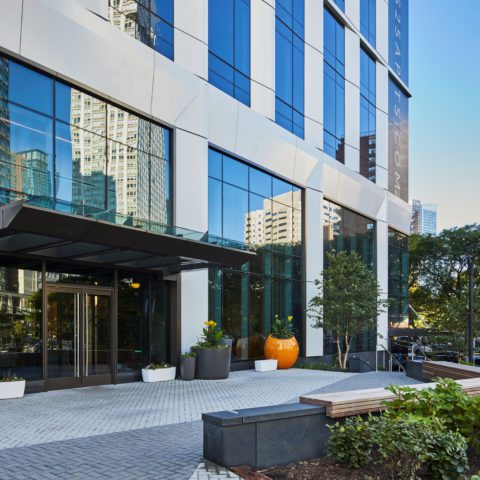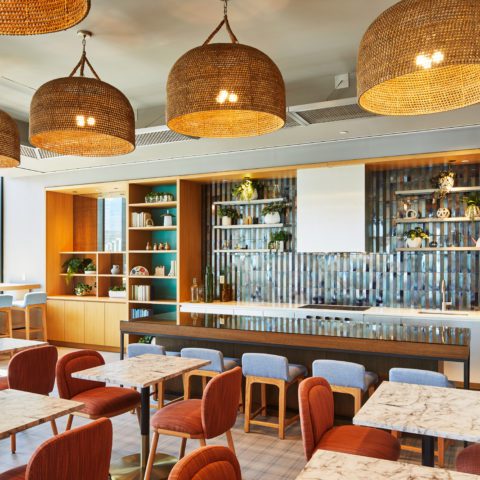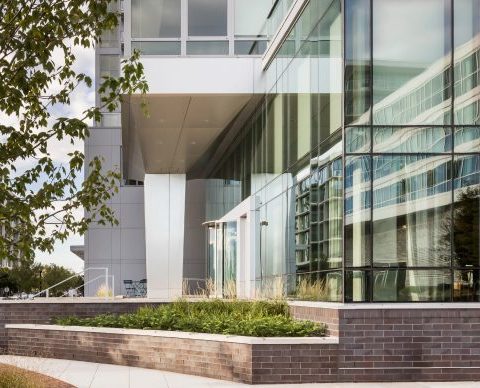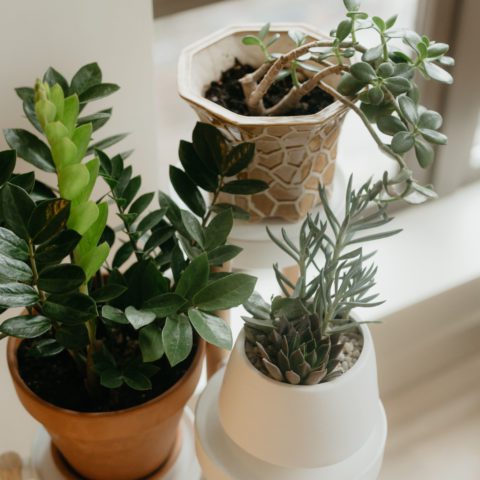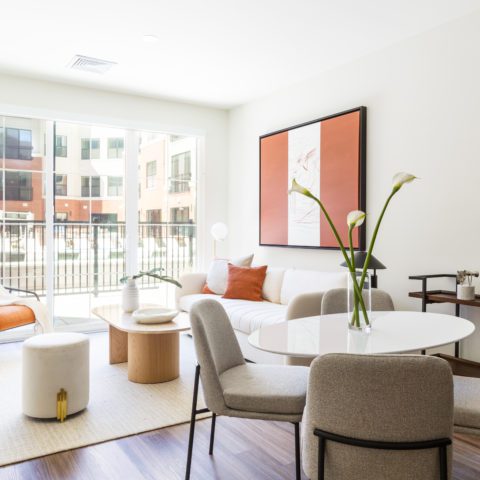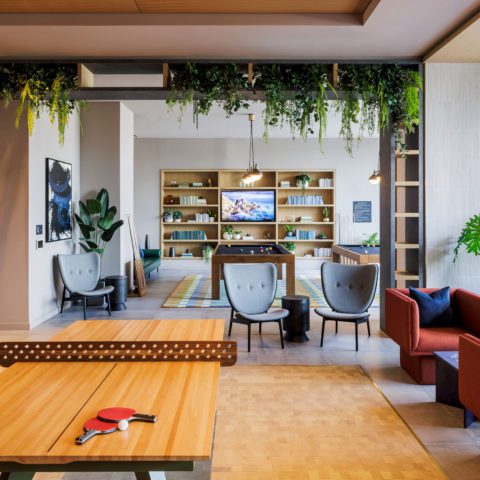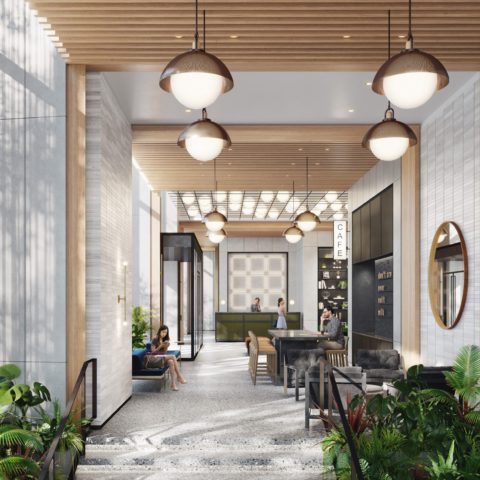Sustainable Interior Design: Eco-Friendly Style Tips for Small Spaces
Published: 12/09/24
Updated: 04/22/25
Sustainable living shouldn’t stop at your apartment door. While Veris Residential ensures our communities incorporate eco-friendly features and materials, residents can enhance their home’s sustainability through thoughtful design choices and daily practices.
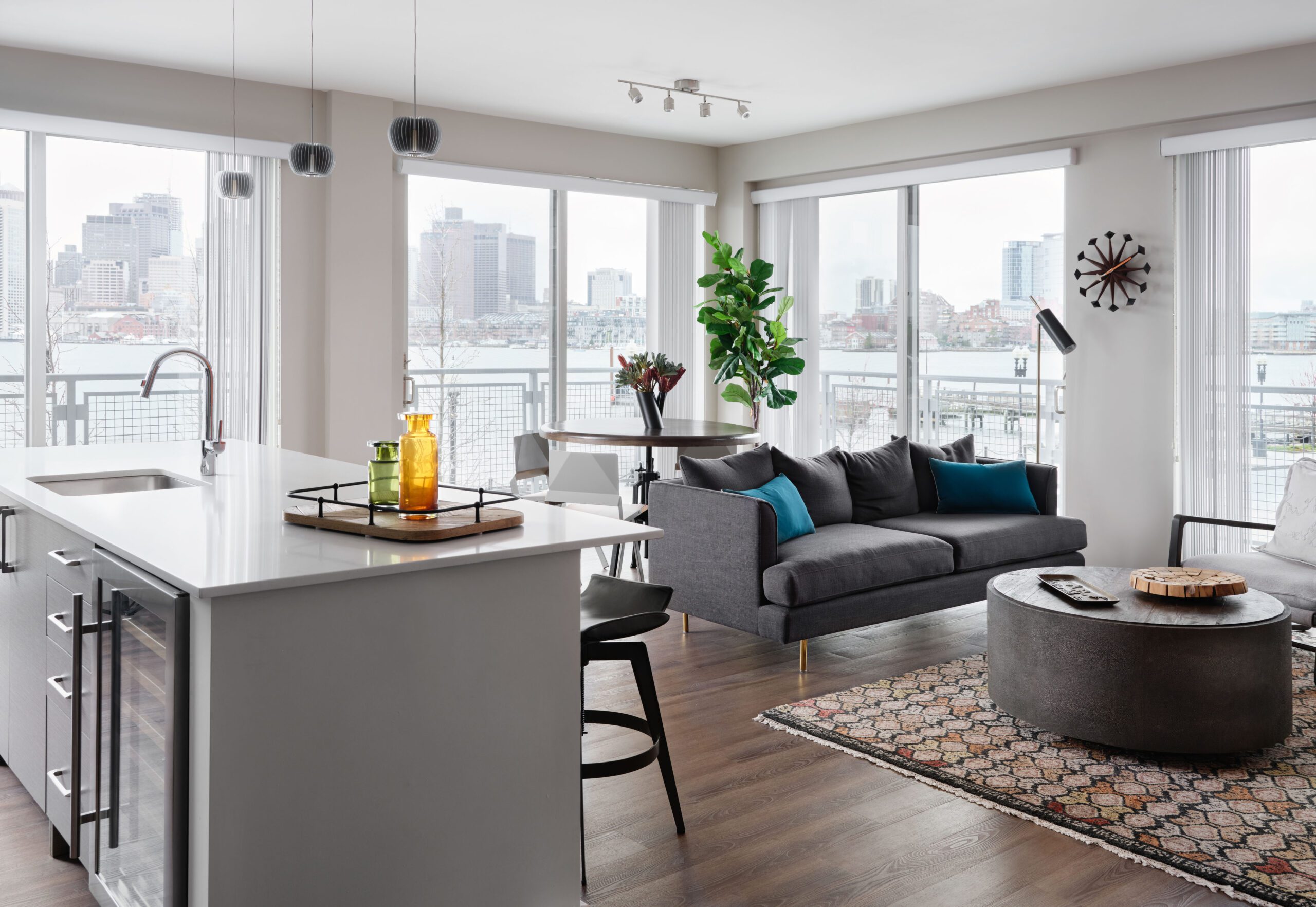
Here are some tips for creating an environmentally conscious living space:
Sustainable Materials
When decorating your home, consider materials that minimize environmental impact:
- Bamboo, rattan, and cork
- Plant-based fabrics and wool
- Natural stone and polished plaster
- Recycled glass, polyester, and metal
By choosing renewable materials over plastic or chemically treated products, you create a healthier living environment while reducing your environmental footprint.
Repurpose Old Furnishings for a New Look
Before purchasing new items, look for opportunities to repurpose existing pieces. Transforming unused furniture or materials not only reduces waste but adds unique character to your space. Consider upcycling projects or exploring secondhand options for a sustainable and personally curated aesthetic.
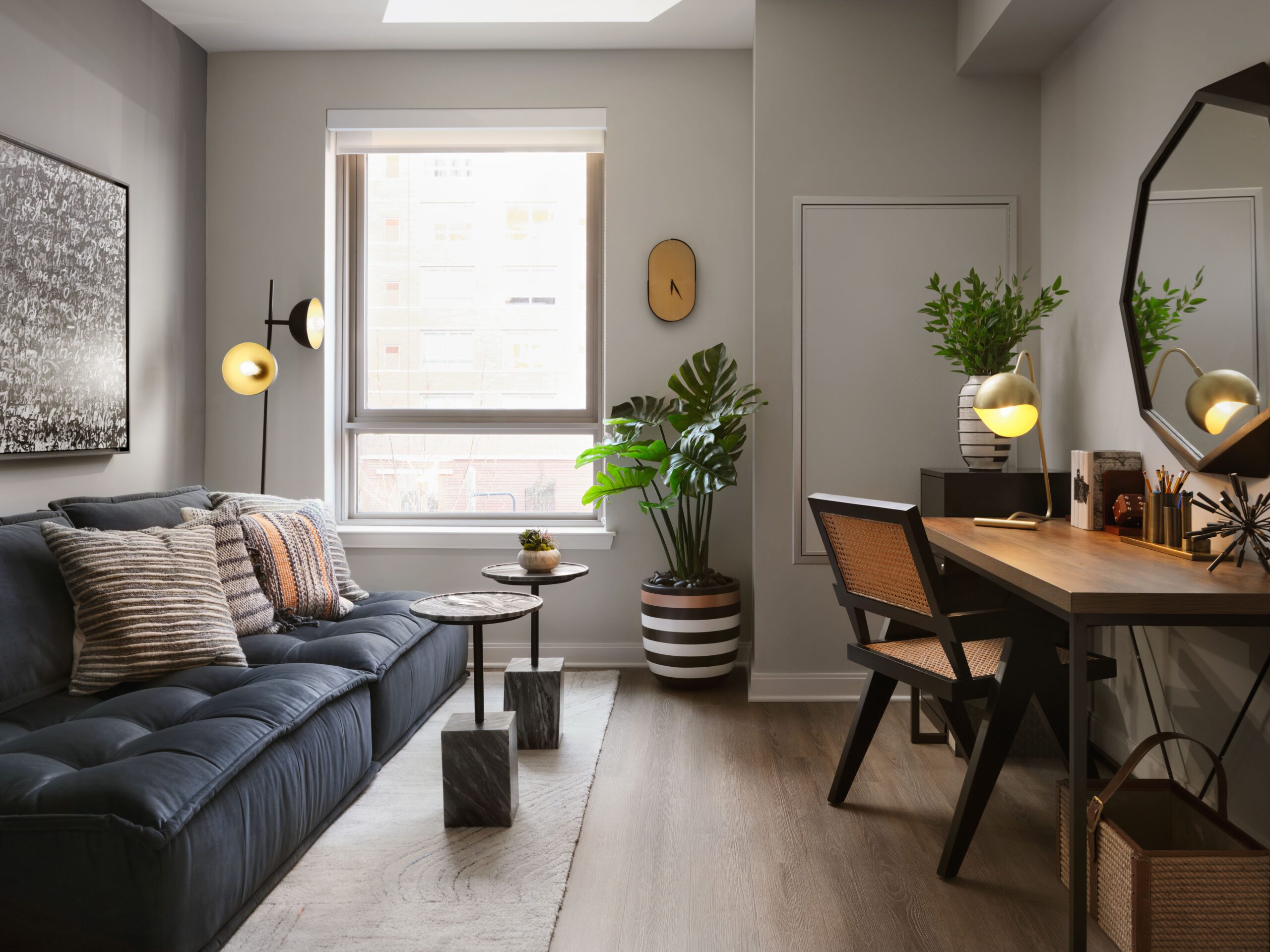
Air Quality
Veris uses low-VOC (Volatile Organic Compound) paints and primers and green cleaning products to maintain healthy air quality. We encourage our residents to do the same as these compounds, found in many traditional home products, can release harmful toxins. Complement these choices with air-purifying houseplants to naturally filter your indoor environment.

Energy Efficiency
All Veris apartments feature ENERGY STAR-certified appliances and LED lights, helping reduce both energy consumption and utility costs. Extend this efficiency through your own choices:
- Smart power strips
- Energy-efficient electronics
- Proper insulation usage
Indoor Growing
If your community doesn’t have a hydroponic farm like The BLVD Collection, Haus25 and Liberty Towers, try your hand at interior gardening with some houseplants or a hydroponic tower from Gardyn. Adding a touch of green can help to brighten up a room and give it a more natural look, not to mention the food you can harvest. Plus, they improve air quality by reducing toxins and air pollution.
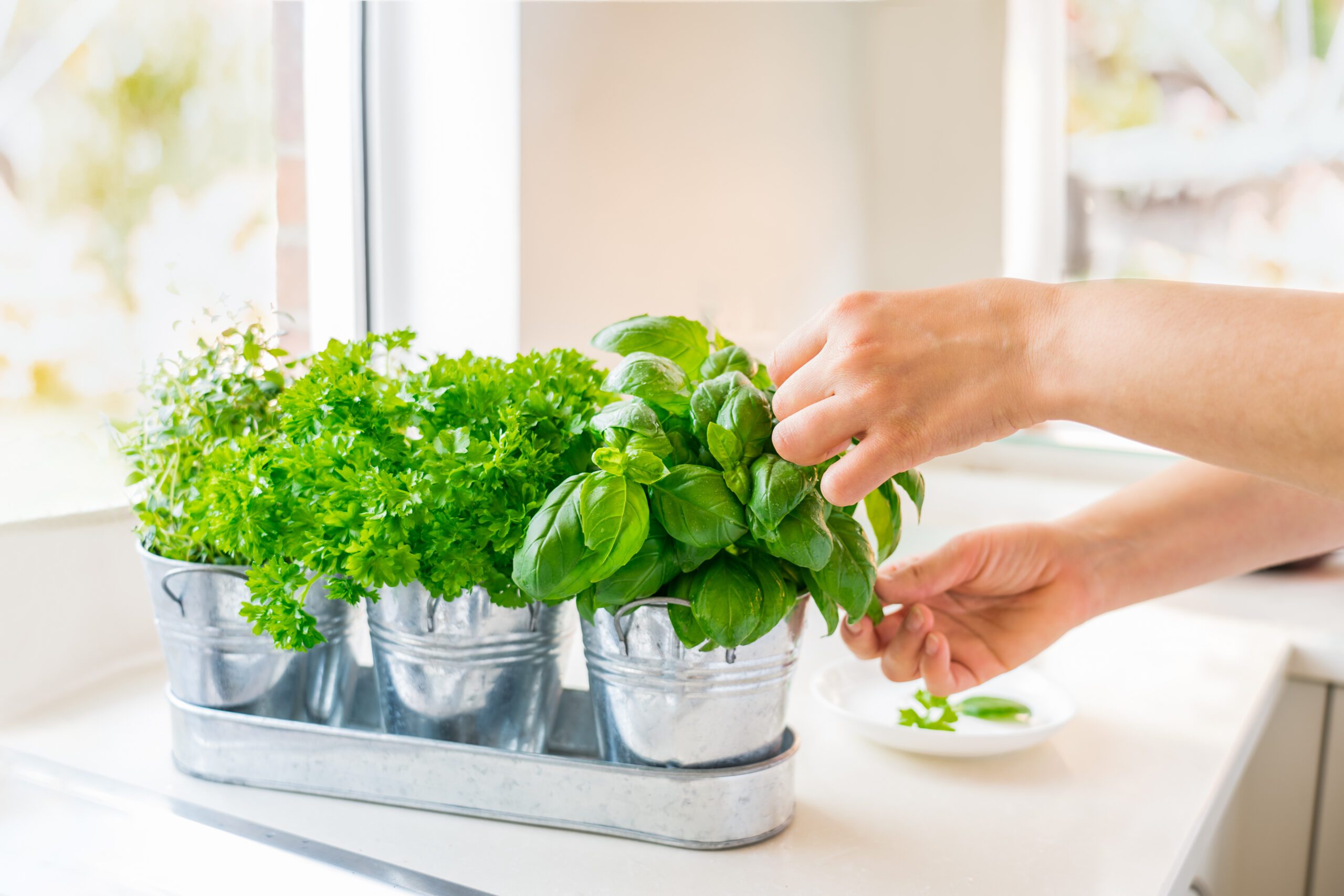
Composting
Discarding food waste contributes to landfills and high methane levels in our atmosphere. Instead, try creating a composting routine. Whether it’s manual or using an advanced electric model like those sold by our proud partner Reencle, composting is a great way to recycle food waste and repurpose its matter for future use as fertilizer. Pairing this with a personal garden to grow your own food also helps the environment, as it lessens the demand at grocery stores, thus reducing spent pesticides and air pollution from transportation trucks.
Check out the EPA website and your local composting organization’s guidelines for more information on what can and cannot be composted.
Through thoughtful design choices and sustainable practices, you can create a beautiful, eco-friendly home that contributes to a healthier planet. Want to learn more about sustainable living? Check our resident newsletter for monthly tips and updates about our environmental initiatives.
